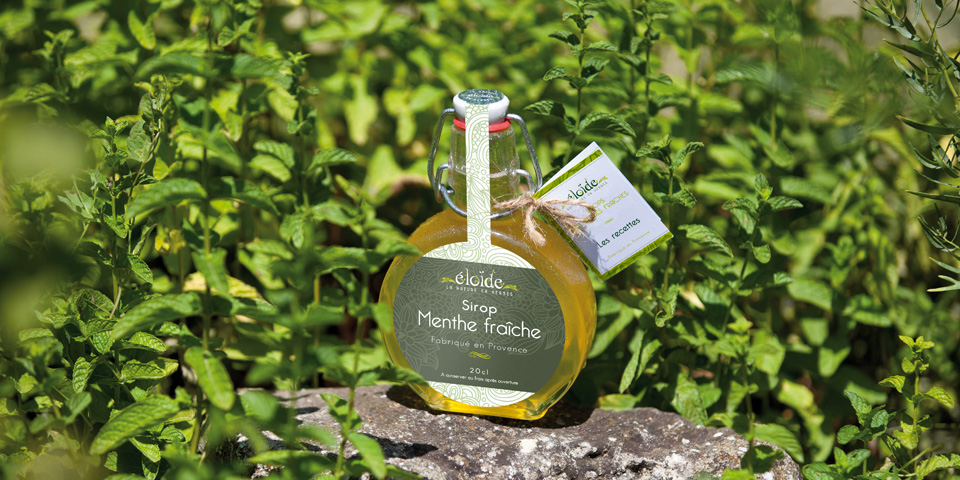The mint:
The mint growing in my grandmother’s garden was intrusive, using all the watering, however not appreciating big dryness. It is the mint with a soft perfume but « Chlorophyllé », the kind of mint that marks you when as a child, by mistake you passed your hand between the stems. She liberates her perfume by a simple touch! For a long time, I didn’t understand why this tasty plant carried the name mint, when comparing it with the perfume of the syrup of an impressive green colour that one of the older persons in the neighbourhood would serve for us! The only common point between the plant and the syrup was its name.
The syrup of mint is the first syrup which my grandmother prepared. Hardly taken out from the old crock, we had big glasses of syrup for snacks together with my cousins.
Virtues:
The mint has anti-oxidising virtues which would diminish the appearance of cardiovascular diseases, some cancers and of other diseases linked to ageing. They say about the mint that it favours digestion, relieves nausea, tranquilizes pain, treats the infections of respiratory tract, stomach ache and eczema. It also serves to relieve pain against gastro-intestinal and biliary spasms or to diminish flatulency. Besides, she is a source of iron and manganese.. In gastronomy, she is found in fruit salads, the taboulé, Indian Raita, Mediterranean Chorba, Vietnamese spring rolls, or obviously in mint tea.
The plant:
Mint is a herbaceous enduring plant in the generally very aromatic foliage. It is found in the wilderness, but can also be cultivated. It forms small regroupings in ditches, at the edge of streams and of ponds. The varieties have a tendency to cross very easily; as a result, it is sometimes difficult to recognize them one from another.
Some are « tapissantes » and won’t exceed 3 cm (like Corsican mint), others on the contrary will be able to exceed one metre (odorous mint).
One also finds mint with lancéolées leaves and with a crimson rose (peppermint), with round leaves and lilac flowers (Corsican mint), with the smells of apple or even with an flavour of pepper …
However, the mint varieties are alike on several points: the stems are square, the green leaves are opposed, and the roots are of long stolons who develop underground and gives birth to new plants a bit everywhere in the surroundings. Their spreading out is endless!
In summer, flowers grow in round or lengthened groups, of lilac, white or pink colour, attract the honeybees.
It is plants which prefer generally cool and humid soil. Their favourite exhibition is the full sun but they support mi-shadow, or even shadow for the Corsican mint.



